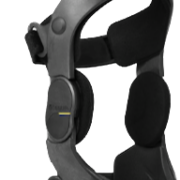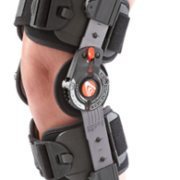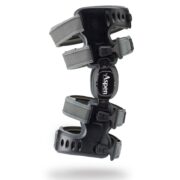Tibial Fracture
A tibial fracture is a common stress fracture condition that can lead to intense pain and discomfort long after the event that caused the injury. The tibia or shinbone is the larger of the two bones in the lower leg and is one of the most commonly fractured bones in patients throughout the United States.
This condition is commonly caused by high-impact collisions in a variety of settings. Playing contact sports, for example, lends itself to the kind of energy that is required for a tibial fracture to occur. Car crashes are another common cause of tibial fracture. In some cases, even falling down can cause more vulnerable individuals such as seniors to fracture their tibia.
While participating in daily activities exposes you to the risk of a tibial fracture, pre-existing stress fractures, a lack of nutrients in your diet, and conditions such as osteoporosis can increase your chances of developing a tibial fracture after an accident.
How Is A Tibial Fracture Diagnosed?
A tibial fracture usually features a common set of specific symptoms. These include:
• Intense pain around the site of the injury.
• Difficulty in using your leg for walking or running.
• Numbness in your lower leg.
• Protruding bone or a deformity in your lower leg after a trauma.
• Swelling, bruising or blueness around your lower leg.
If you recognize any of these symptoms in yourself, then make sure to get in touch with your doctor as soon as possible. The sooner you get treatment, the better the chances are that it will heal quickly and properly.
If you know you have fractured your tibia due to the protrusion of bone, for example, then you must immediately visit an emergency room. When you visit the doctor, he or she will likely conduct a physical exam of your leg to determine the extent of the injury. You may also receive a series of tests including x-rays, a CT scan, an MRI scan, or a bone scan in order to paint a better picture of how your treatment needs to proceed.
How Is A Tibial Fracture Treated?
In cases where a tibial fracture is an emergency, surgery is often required. In other cas-es, you can expect to receive a cast, orthopedic braces, and splints to keep your leg in a proper recovery position during the healing process. You may also be provided with pain medications to mitigate the discomfort that this type of fracture can cause. After your cast comes off, you must follow a prescribed course of physical therapy and exercise routine in order to rebuild your leg muscles and restore your leg back to its former functionality. High-quality orthopedics are useful during this phase of the recov-ery process for ensuring that your mobility is optimized and your discomfort is minimized.
Being proactive and diligent with your recovery process is vital, as tibial fractures that fail to heal properly can continue to cause chronic problems.
If you are looking for superior care and the latest in orthopedic bracing and orthotics to facilitate your recovery from a tibial fracture, then contact Synergy Orthopedics today.




